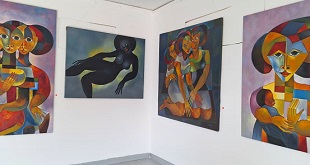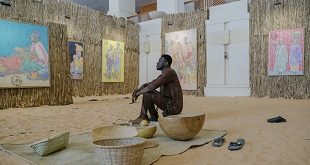Legacy of civil war
The Tigray People’s Liberation Front has a significant history of popular mobilisation. The Tigrayan State has also maintained its own well-trained militia since the end of the Civil War in 1991. And it has a history of fighting for democracy and representation.
When Emperor Haile Selassie was deposed by the army in 1974, the Soviet-supported military junta – the Derg – imposed a repressive ruling regime. In Tigray, an extraordinary resistance emerged in the form of a highly organised and politically mature people’s revolution.
Tens of thousands of men, women and students were mobilised for combat. Schools and other education centres were set up in protected areas and unprecedented land reforms were introduced across the region. This meant that the movement was rooted in the needs of the people.
As the populist revolution began to take ground, the Tigray People’s Liberation Front formed a coalition with other liberation groups called the Ethiopian People’s Revolutionary Democratic Front. Victory against the Derg was secured in 1991.
The front was a progressive alliance, uniting a deeply divided country into a nation. This should be understood in the context of a long history of ethnic-based disputes which caused enormous disruption and loss of life.
A founding principle of the new federal state set out in the 1995 constitution was Article 39, which stipulated that every region had the right to self-determination and, should they desire, peaceful secession.
Today, the Tigray People’s Liberation Front is drawing on this clause as evidence of its democratic right to hold independent elections and dictate regional policy. Meanwhile, the central government has accused the northern state of attempting to divide and weaken the country.
****
Francesca Baldwin is PhD Research Student, University of Reading and Heike I Schmidt is Associate Professor in Modern African History, University of Reading
Source: the conversation
 The Independent Uganda: You get the Truth we Pay the Price
The Independent Uganda: You get the Truth we Pay the Price

